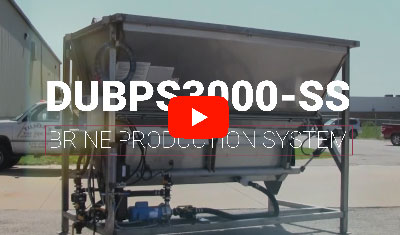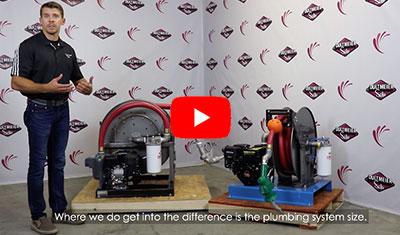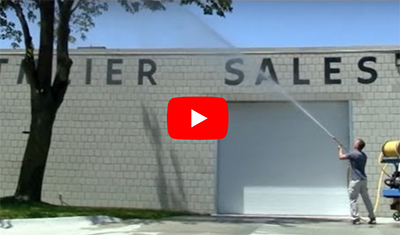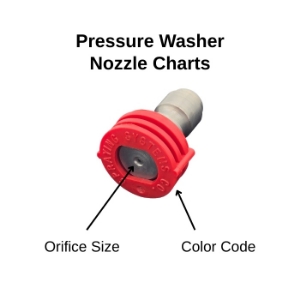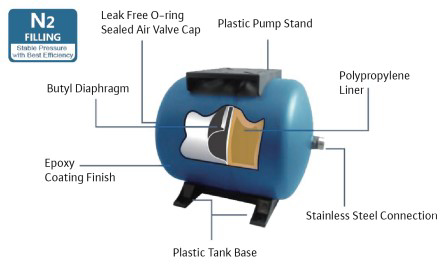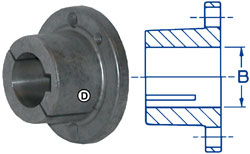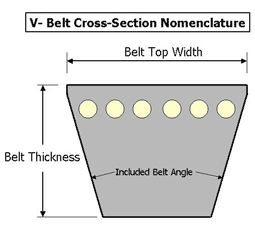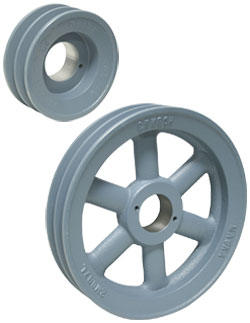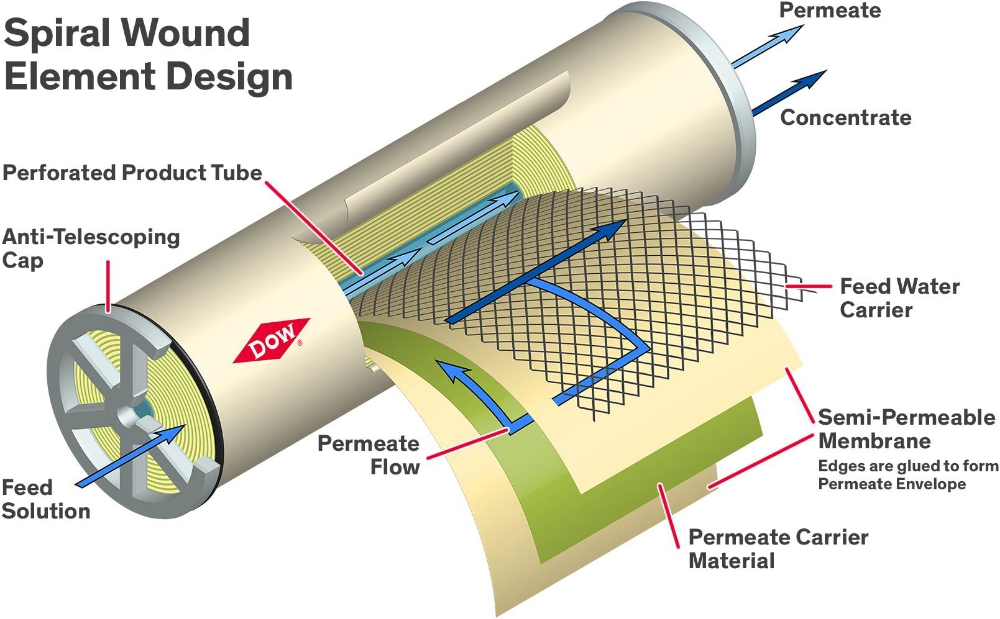Looking for the right pressure washer nozzle? A pressure washer nozzle chart can simplify the process. With so many options—each with different spray angles, orifice sizes, and PSI/GPM ratings—choosing the right nozzle can be tricky. That’s why we’ve put together clear, easy-to-use pressure washer nozzle charts to help you match the perfect nozzle to your machine and job.
Whether you’re removing heavy grime from concrete or gently rinsing off your car, the right nozzle makes all the difference between a professional finish and potential damage.
Pressure Washer Nozzle Color Chart
Pressure washer nozzles are universally color‑coded to make identifying spray angles simple. Each color corresponds to a specific fan angle, and that angle directly affects cleaning power and surface safety. (The color does not indicate nozzle size, more on that later.)
In the chart below, you can see the different colors of pressure washer nozzles, their specs, and uses.
| Color | Spray Angle | Orifice Size | Common Use Cases |
|---|---|---|---|
| 🔴 Red | 0° | 2.0–6.5+ | Cutting power; use on metal, concrete only |
| 🟡 Yellow | 15° | 2.0–6.5+ | Removing paint, mildew from hard surfaces |
| 🟢 Green | 25° | 2.0–6.5+ | General cleaning: vehicles, surfaces, decks, patios, fences |
| ⚪ White | 40° | 2.0–6.5+ | Vehicles, windows, soft wood, siding |
| ⚫ Black | 65° | 2.0–6.5+ | Low-pressure soap application |
For a more detailed look at high-pressure nozzles, read this full guide.
Pressure Washer Nozzle Size Chart
This nozzle chart helps you select the correct nozzle orifice size for your pressure washer based on your machine’s PSI (pressure) and GPM (flow rate) ratings. Getting this right ensures your washer delivers peak performance without damaging the pump or surface you're cleaning.
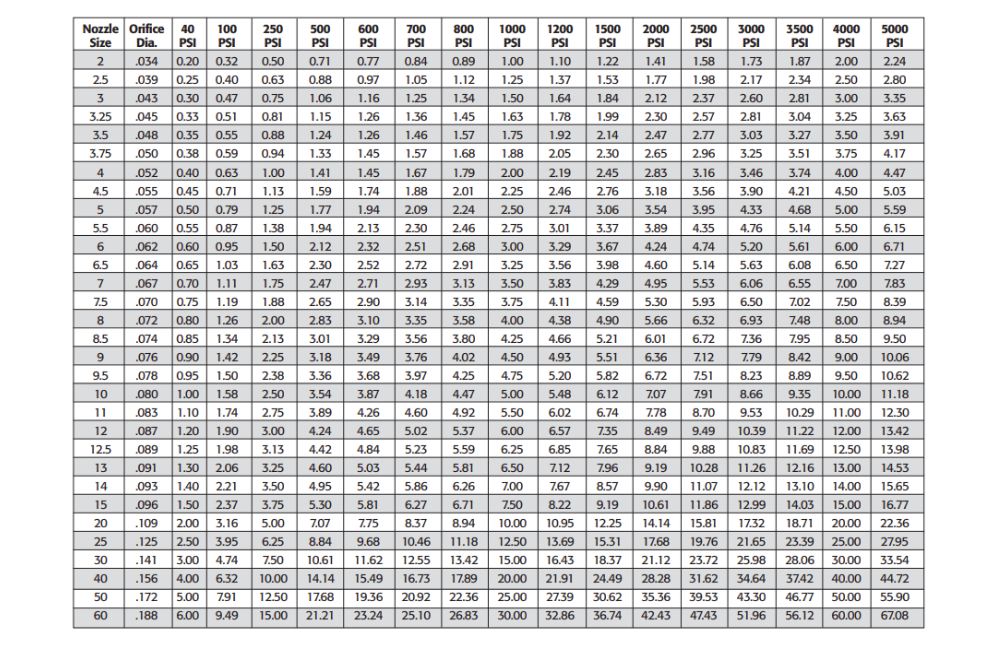
Step-by-Step Instructions to Use This Pressure Washer Nozzle Size Chart
1. Find Your Pressure Washer’s Rated PSI
Look at the top row of the chart. This is your pressure washer’s PSI rating. Common values are 2000, 2500, 3000, 4000 PSI, etc.
2. Find Your Desired GPM or Flow Performance
Look down the columns under your PSI until you find the closest GPM value to your machine’s rating.
If your machine is rated at 3.5 GPM @ 3000 PSI, scroll down the 3000 PSI column until you find the value closest to 3.5.
3. Move Left to Find the Correct Nozzle Size
Once you locate your approximate GPM under the correct PSI column, move left across the row to find the corresponding nozzle size.
Example:
Let’s say you’re using a pressure washer rated for 1500 PSI and 4.0 GPM.
Go to the 1500 PSI column.
Scroll down until you find a value close to 4.0 GPM — follow the row all the way to the Nozzle Size column. In this example, we find the 6.5 nozzle size.
That means you should use a 6.5 orifice nozzle.
| While it is important to understand the formula behind this, you can skip the math and use our calculator to find the right nozzle size. |
Tips on Choosing the Pressure Washer Nozzle
Match spray angle to surface - Always start with a gentle, wider nozzle (e.g., 40°) and only go narrower if needed.
Select the proper size - matching the nozzle orifice to your machine is imperative to avoid issues and maximize cleaning efficiency. For more information, refer to this guide on the importance of selecting the proper pressure washer nozzle size.
Consult your pressure washer experts - Dultmeier Sales has power wash experts available to offer guidance and walk you through nozzle sizing if you need help.
High-Pressure Nozzle Options
Armed with these nozzle charts, you can browse the variety of color-coded quick-connect pressure washer nozzles and threaded stainless steel nozzle sizes to find the one you need:

